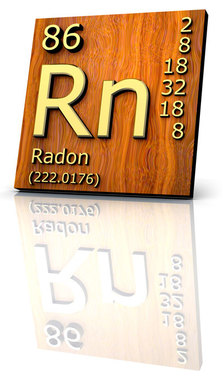 You can’t see, smell or taste radon, yet it can make you sick. It is believed that radon is a contributing factor to lung cancer in the United States. So what exactly is radon? Here are some quick facts:
You can’t see, smell or taste radon, yet it can make you sick. It is believed that radon is a contributing factor to lung cancer in the United States. So what exactly is radon? Here are some quick facts:
- Radon comes from the natural (radioactive) breakdown of uranium in soil, rock and water.
- It can penetrate the air in your home through cracks in the foundation.
- It can be discovered in all parts of the country and can cause a dangerous high indoor radon level in any home.
- According to the Environmental Protection Agency, roughly one out of every 15 homes in the U.S. is estimated to have elevated radon levels.
While it’s not necessarily a requirement, it’s a good idea to ask for a Radon Inspection Contingency. It can potentially initiate a “short-term” test done on any home to make sure the lowest levels of radon of the home are below 4.0 pCi/L—a target set by Congress for indoor air quality. The EPA enforces that mandate.
Buyers and sellers should be smart about radon. Every new home should be tested after occupancy, even if it was built radon-resistant or with a radon-reducing system installed.
Sellers should test for radon before they put their homes on the market. This can save valuable time if you have all the paperwork and testing data to show prospective buyers.



